Alexandra Waldherr
Schroedinger's cat: Thinking in- and outside the box of quantum mechanics
#1about 3 minutes
Schrödinger's cat and the quantum measurement problem
The famous thought experiment illustrates quantum superposition and how the act of measurement collapses a system into a single definite state.
#2about 4 minutes
The three core principles of quantum computing
Quantum computers derive their power from superposition, entanglement, and wave-particle duality which enables interference.
#3about 3 minutes
Representing quantum states with math and gates
Quantum states are represented as vectors and manipulated using gates, which are described by matrices in linear algebra.
#4about 3 minutes
Exploring the IBM quantum computing platform
A hands-on demonstration shows how to build quantum circuits using gates on the IBM Quantum platform's composer.
#5about 3 minutes
An overview of quantum algorithm classes
Quantum algorithms are categorized by their purpose, such as improving computational speed or simulating natural quantum systems.
#6about 4 minutes
Simulating molecular energy with OpenFermion
A code walkthrough demonstrates how to use OpenFermion and Cirq to calculate the Hamiltonian and simulate an ammonia molecule.
#7about 2 minutes
Comparing different types of quantum hardware
An overview of the physical implementations of qubits, including ion traps, superconducting circuits, and photonic systems.
#8about 1 minute
Key players and platforms in quantum computing
A look at the major companies developing quantum computers and software, including IBM, Google, and Microsoft.
#9about 3 minutes
Practical applications like quantum cryptography
Quantum principles enable new applications like perfectly secure communication through quantum key distribution (QKD).
#10about 3 minutes
The future of quantum hardware and learning resources
Quantum computers are becoming more practical with room-temperature ion traps, and many resources are available for learning.
#11about 10 minutes
Q&A on qubit scaling, observation, and measurement
The speaker clarifies the difference between physical and logical qubits and discusses various interpretations of the measurement problem.
#12about 4 minutes
Q&A on machine learning and qubit interaction
The speaker discusses the current state of quantum machine learning and how qubit interactions like entanglement are leveraged.
Related jobs
Jobs that call for the skills explored in this talk.
Softwareentwickler Java, Python oder Ruby (w|m|d)
zeb consulting
Frankfurt am Main, Germany
Junior
Intermediate
Matching moments
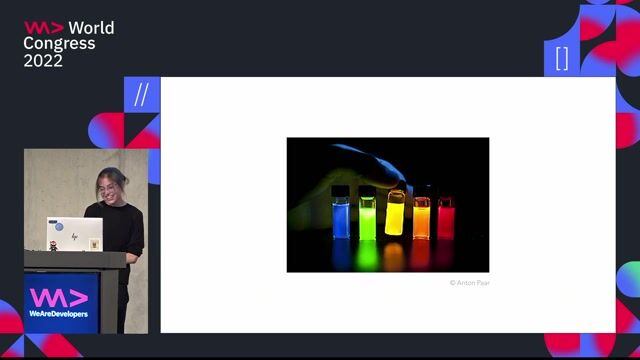
18:03 MIN
The interdisciplinary nature of quantum computing
What is quantum computing?
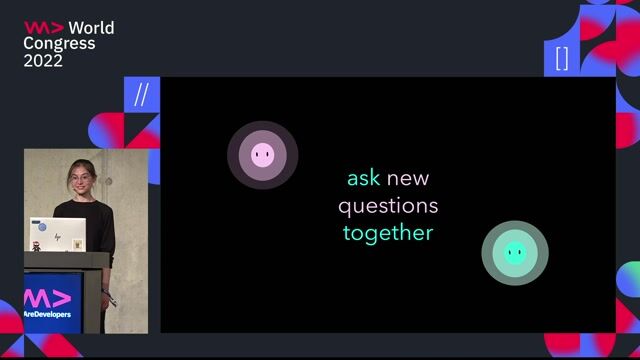
21:17 MIN
Q&A on the future and applications of quantum
What is quantum computing?
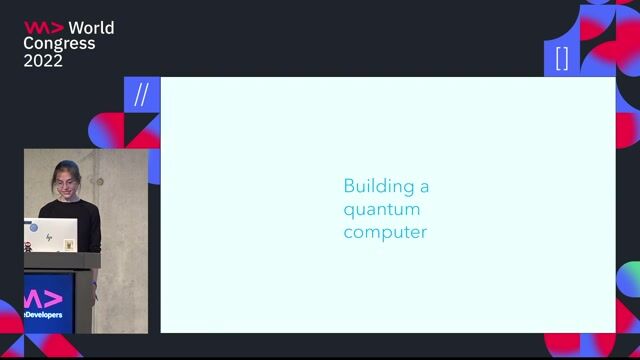
13:15 MIN
An overview of different quantum hardware types
What is quantum computing?

06:32 MIN
A brief history of quantum hardware development
Quantum DevOps - Quantum Application Development

06:17 MIN
A live demo building a basic quantum circuit
What is quantum computing?
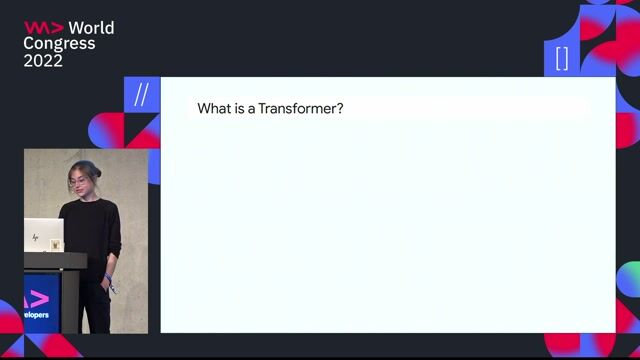
15:41 MIN
Engineering challenges and building a quantum computer
What is quantum computing?
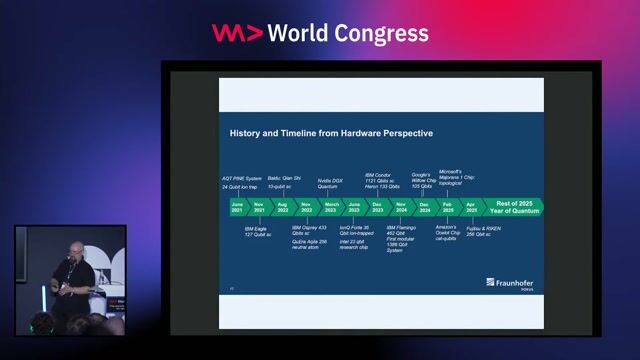
10:47 MIN
Navigating the modern quantum computing industry landscape
Quantum DevOps - Quantum Application Development
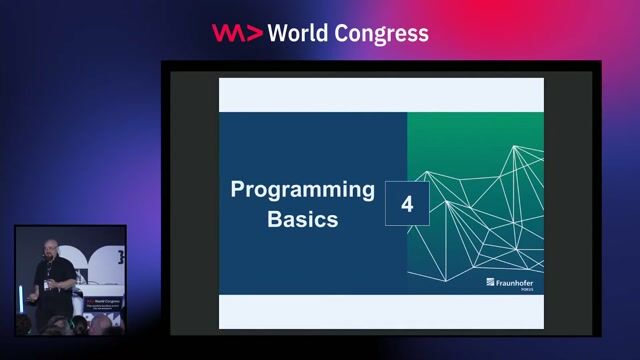
12:58 MIN
How to program quantum computers using circuit models
Quantum DevOps - Quantum Application Development
Featured Partners
Related Videos
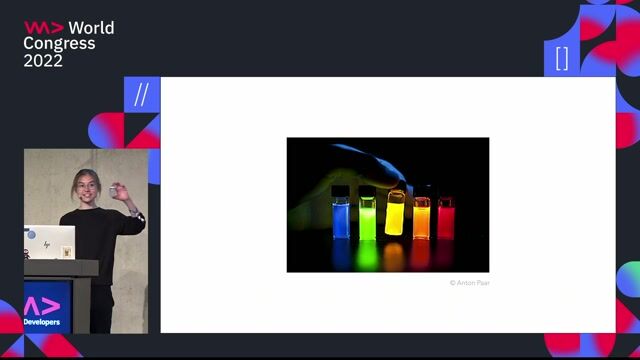 25:46
25:46What is quantum computing?
Alex Waldherr
 28:26
28:26Quantum Computing - The tiny and the big challenges
Alex Waldherr
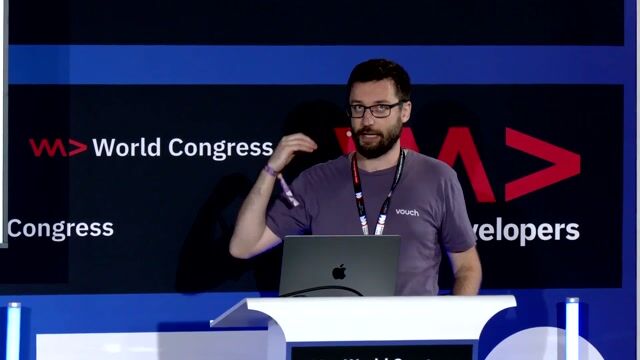 31:17
31:17Quantum Computing for Classical Developers
Julian Burr
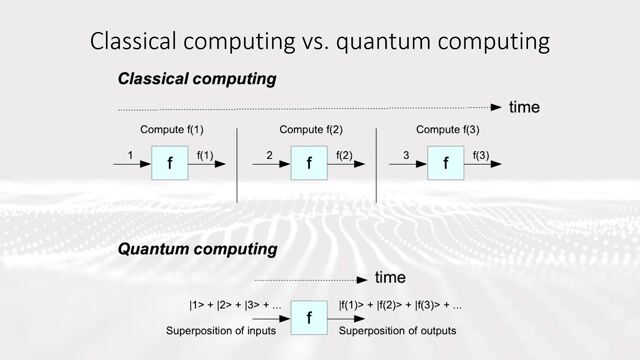 28:04
28:04Going Quantum: The future of the internet ...
Alexander Pirker
 30:57
30:57The Quantum Computing Future
Tomislav Tipurić, Alexander Glätzle & Jan Goetz
 34:14
34:14Quantum computing for developers: Solving optimization problems with Qiskit
Isabell Heider & David Alber
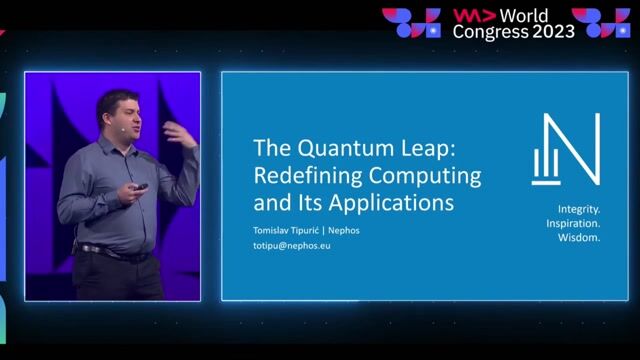 30:37
30:37The Quantum Leap: Redefining Computing and Its Applications
Tomislav Tipurić
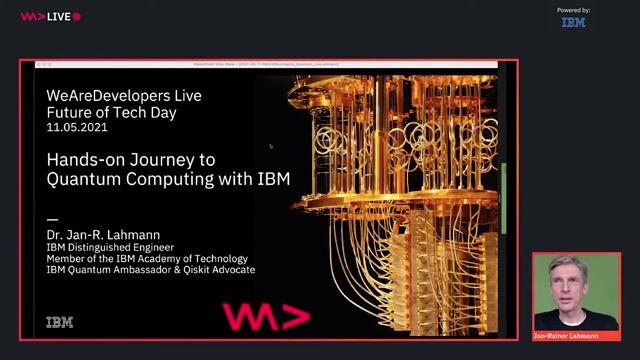 33:26
33:26Hands-on Journey to Quantum Computing with IBM
Jan-Rainer Lahmann
Related Articles
View all articles


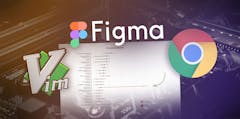
From learning to earning
Jobs that call for the skills explored in this talk.


AI Systems and MLOps Engineer for Earth Observation
Forschungszentrum Jülich GmbH
Jülich, Germany
Intermediate
Senior
Linux
Docker
AI Frameworks
Machine Learning



HPC Senior Technical Presales Engineer - Quantum Computing
Quandela
Canton de Massy, France
Senior
Azure
DevOps
Python
Kubernetes
Machine Learning
+2

Research Scientist (Quantum Chemistry and Machine Learning), London
Isomorphic Labs
Charing Cross, United Kingdom
€61K
NumPy
SciPy
Pandas
PyTorch
+3

PhD Position in Quantum Machine Learning jointly with University of Zurich 100 %
Zhaw Zürcher Hochschule Für Angewandte
Zürich, Switzerland
Machine Learning

Quantum Computing Specialist, Data Science & Innovation, CIB(UK, Singapore)
Standard Chartered
Charing Cross, United Kingdom
Machine Learning
